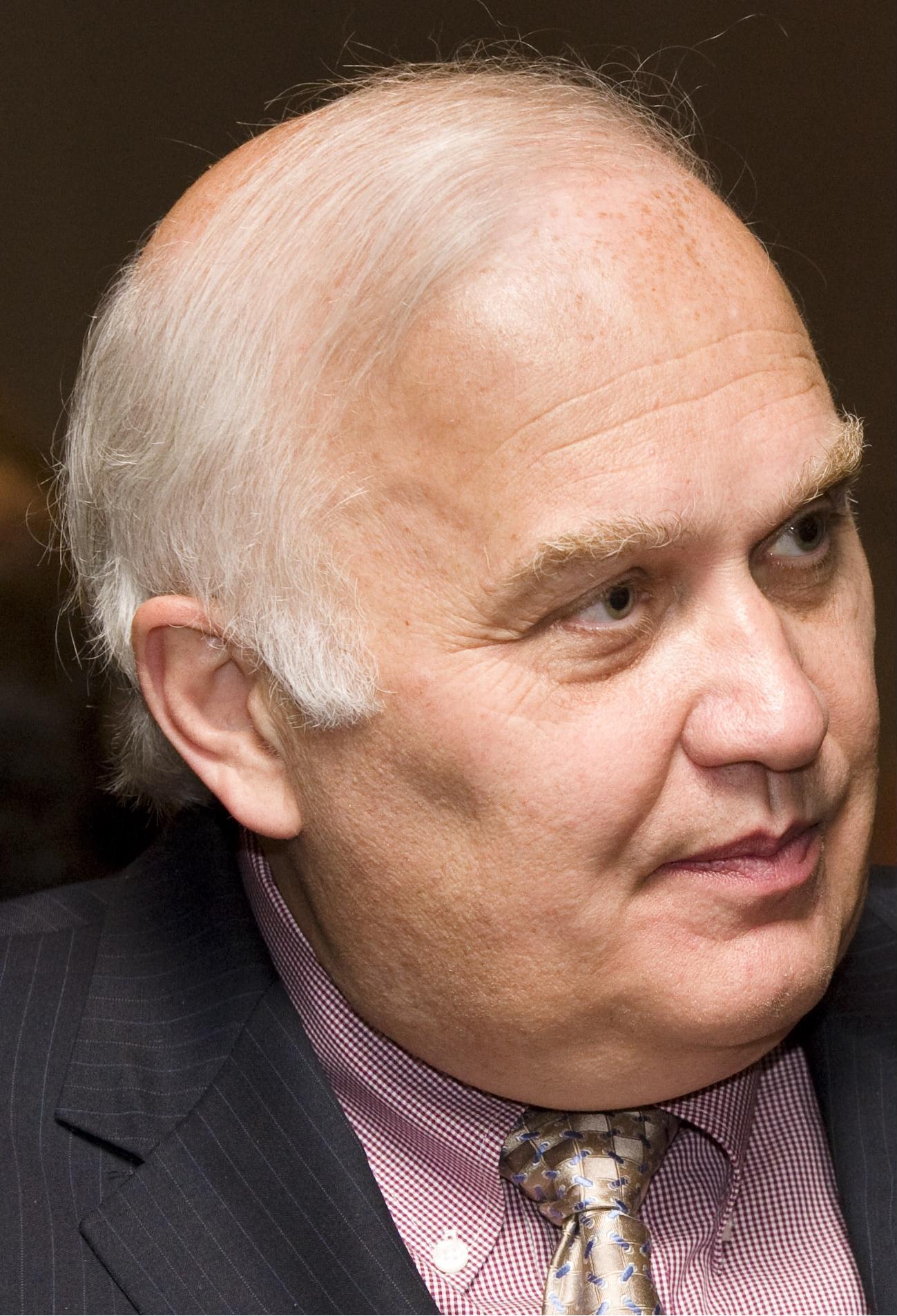Leeham News and Analysis
There's more to real news than a news release.
Pontifications: EADS went ahead with tanker bid despite long odds against winning
Third in a Series
Dec. 20, 2021, © Leeham News: When EADS, then the name of the parent of Airbus, decided to go it alone and bid for the US Air Force contract for the KC-X aerial refueling tanker, officials knew it was an uphill battle.
Despite winning the contract in Round Two, with Northrop Grumman as the lead, the parameters of the competition changed. No longer would the A330-200-based tanker get credit for its greater capabilities that won it the contract in Round Two. Now, the ancient Boeing KC-135 was the baseline to meet. Any bidders—Boeing and EADS—would receive only a pass-fail rating for meeting the baseline.
If the bid price was within 1% of each other, then EADS would receive credit for the extra capacity afforded the A330 tanker over Boeing’s KC-767 offer.
The pass-fail approach caused Northrop to take one look at decide to withdraw from the competition. EADS officials made the decision to proceed anyway, knowing now that winning was unlikely.
Pontifications: Applying commercial production principles to the A330 MRTT
Second in a series.
Dec. 13, 2021, © Leeham News: When EADS, the forerunner of Airbus Group, pondered whether to proceed on its own to compete with the A330 MRTT for the US Air Force’s aerial tanker competition, the factors went well beyond the tanker.
Plans for the Airbus A320 program, production ramp-up, and potentially a US final assembly line also were weighed.
“An assessment was made as a consequence of having been through the competition once before and learning from that,” said Sean O’Keefe. O’Keefe was CEO of EADS North America at the time.
Then, O’Keefe said in an interview with LNA in October, was the realization of what Airbus was doing to really ramp up production on A320s. Airbus had a plethora of things to figure out what that would take.
Pontifications: Retrospective of KC-X tanker competition
The first in a series.
By Scott Hamilton
Dec. 6, 2021, © Leeham News: The US Air Force began the process this year to procure the KC-Y aerial refueling tanker.
Originally, this was to follow the KC-X (awarded to Boeing in the form of the KC-46A) to replace the McDonnell Douglas KC-10. This has been altered to be a bridge tanker between the KC-X and the KC-Z, an advanced tanker design that is in the conceptual stage.
The KC-Y promises to be a contest between Boeing, for more KC-46 orders, and a partnership between Lockheed Martin and Airbus based on the A330-200 MRTT. MRTT stands for Multi-Role Tanker Transport. The Lockheed Martin plane is called the LMXT, for now.
The KC-X competition was bitter and repetitive. A partnership between Northrop Grumman and Airbus initially won the contract. But Boeing protested how the USAF scored the bake-off. The General Accounting Office upheld the protest. A new competition saw the contract awarded to Boeing.
KC-Y is only in the Request for Information stage and neither Boeing nor Lockheed have submitted filings yet. But already, the surrogate Boeing campaign appears underway.
Pontifications: Think tank analyzes KC-Y competitive landscape
Nov. 29, 2021, © Leeham News: A conservative think tank believes the US Air Force must invest not only in another round of aerial refueling tankers. It must also invest in infrastructure and future, innovative designs.
The Hudson Institute in Washington (DC) issued a study earlier this month in which it analyzed the Air Force’s global refueling requirements. The study may be downloaded here.
While perusing the website and looking at who’s involved with the institute makes it clear this isn’t just a conservative think tank but an overtly partisan one as well, the study appears well thought out and even-handed. It relies on well-reasoned data. The study is unlike Loren Thompson of the Lexington Institute, whose latest column about the next round of tanker procurement returns to the tiresome and expired whining about illegal subsidies for the Airbus A330-200.
Breaking news to Loren: the WTO case is over. Additional breaking news: subsidies and the WTO aren’t considered in military procurements. The Lexington Institute gets funding from Boeing. It also previously received funding from Lockheed. Thompson did not disclose in this latest missive if it still does.
Pontifications: Bringing some reality on electric airplanes
Nov. 15, 2021, © Leeham News: The momentum and press about electric airplanes is spinning out of control.
Earlier this month, there was an article from one of the most respected news organizations by a reporter who apparently isn’t an aviation reporter that read like a press release from a start-up company. The normal beat reporter would never have been taken in by the hype.
The start-up claims there will be a battery-powered BAe 146 by 2027 with a 460-mile range. Aviation reporter Jason Rabinowitz had a field day on Twitter with the claim.
LNA’s Bjorn Fehrm wrote a long series about the technical challenges of battery-powered electric airplanes. Let’s now look at the market implications. Read more
Pontifications: As customers wait for 787s, some rethink 777-300ERs
Nov. 8, 2021, © Leeham News: Boeing now has passed one year since deliveries were suspended for the 787. There were 105 787s in inventory at Sept. 30. The current build rate is 2/mo.
LNA identified 93 787s that were ordered in 2020 and 2021 that are believed to be parked, leaving 12 unaccounted for.
Among the aircraft in inventory are:
- 11 787-8s destined for American Airlines, which are owned by Boeing Capital Corp.
- 3 for BOC Aviation, which do not have identified customers.
- 9 for Chinese airlines.
- 8 for the always cranky Qatar Airways.
LNA understands that several customers are now looking for substitutions in the Boeing 777-300ER fleet owned by lessors. Of the 116 -300ERs in storage, 60 are owned by lessors. Nearly all are leased to airlines that put the aircraft in storage. But there are some off-lease. The latter includes seven owned by GECAS (now AerCap), which are destined for conversion to freighters via IAI Bedek.
Pontifications: Engines drive timing of new Embraer TPNG
The first report appeared Oct. 18, 2021.
Oct. 25, 2021, © Leeham News: Embraer appears marching toward launching a new turboprop aircraft next year with a targeted 2027 entry into service.
The timing will be determined by the engine. Pratt & Whitney, GE Aviation and Rolls-Royce have development programs. PW and GE are farthest along. PW is thought to have the best chance of winning Embraer’s business. (Pratt & Whitney supplies the engines for the E2 jet. GE supplied the engines for the E1.)
In an interview at the IATA AGM Oct. 3-5 in Boston, Arjan Meijer, the president of Embraer Commercial Aviation, said the competition remains open today.
Pontifications: Biofuels, hydrogen, batteries are nice but far in the future. Solution exists now.
Oct. 11, 2021, © Leeham News: EcoAviation was the Number One topic at the Oct. 3-5 IATA AGM in Boston.
IATA, the International Air Transport Assn., set a number of lofty goals to remove carbon emissions from commercial aviation by 2050. Interim goals were also set.
Tim Clark, the president and COO of Emirates Airline, didn’t mince words about these goals.
“People are expecting us… by the end of this decade, to take out 40% of our emissions… We are in la la land if you think we are going to do this,” Flight Global reported.
Pontifications: Upping the game in eco Aviation
Oct. 4, 2021, © Leeham News: The pressure to reduce greenhouse gas emissions by the commercial aviation industry continues to increase.
Two weeks ago, Airbus hosted a day-and-a-half media event promoting its vision of moving toward decarbonizing aviation.
Boeing and Alaska Airlines last week hosted media for a touchy-feely event following up on the announcement in June by Boeing and Alaska of its joint ecoD (as Boeing calls it) program.
Boeing in October outlined progress of its ecoDemonstrator program, at the time with Etihad Airways as the partner. A 787-10 was used at that stage.
Mike Sinnett, Boeing VP of Product Development, said last week that the Alaska 737-9 MAX that is the focus of the current ecoD effort includes several ideas that would not make it into test on a stand-alone basis. But as part of a larger effort, little things that cumulatively can reduce drag and therefore fuel burn can be tested.



